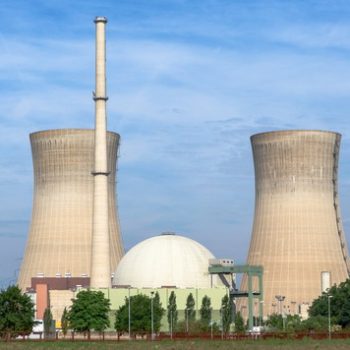 Flying used to be a luxury only the rich could afford. Advances in the airline industry making travel more efficient and affordable have expanded the mobility of hundreds of millions of Americans.
Flying used to be a luxury only the rich could afford. Advances in the airline industry making travel more efficient and affordable have expanded the mobility of hundreds of millions of Americans.
But a decision by the Environmental Protection Agency is likely to take air travel backward.
The EPA on Monday released a final “endangerment finding” that greenhouse gases from large commercial aircraft cause climate change and endanger “Americans’ health and the environment.”
It comes as no surprise that the Obama administration would reach to the skies and add airplanes to the list of its regulatory targets. The administration has been eager to regulate as many sources of greenhouse gas emissions as possible—including cars, trucks, gasoline, and power plants, among others.
And like every other global warming policy, this one will hurt the middle class and poor the most and have next to no impact on global temperatures.
EPA first made the proposal last June as United Nations discussions to set international airline standards were underway and the Obama administration sought to create momentum for a climate agreement in Paris.
What kind of impact might these regulations have on global warming? Not much.
Even if one believes in catastrophic global warming, greenhouse gas emissions from the airlines are peanuts in the grand scheme of things.
Airlines produce only 3 percent of total greenhouse gas emissions in the U.S., or half a percent of global greenhouse gas emissions. If the U.S. eliminated all carbon dioxide emissions—not just from planes, but every single source of carbon dioxide-emitting activity—a rise of only 0.137 degree Celsius would be averted by 2100.
















